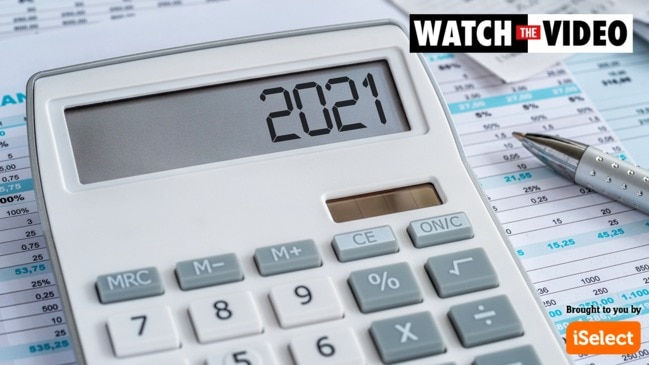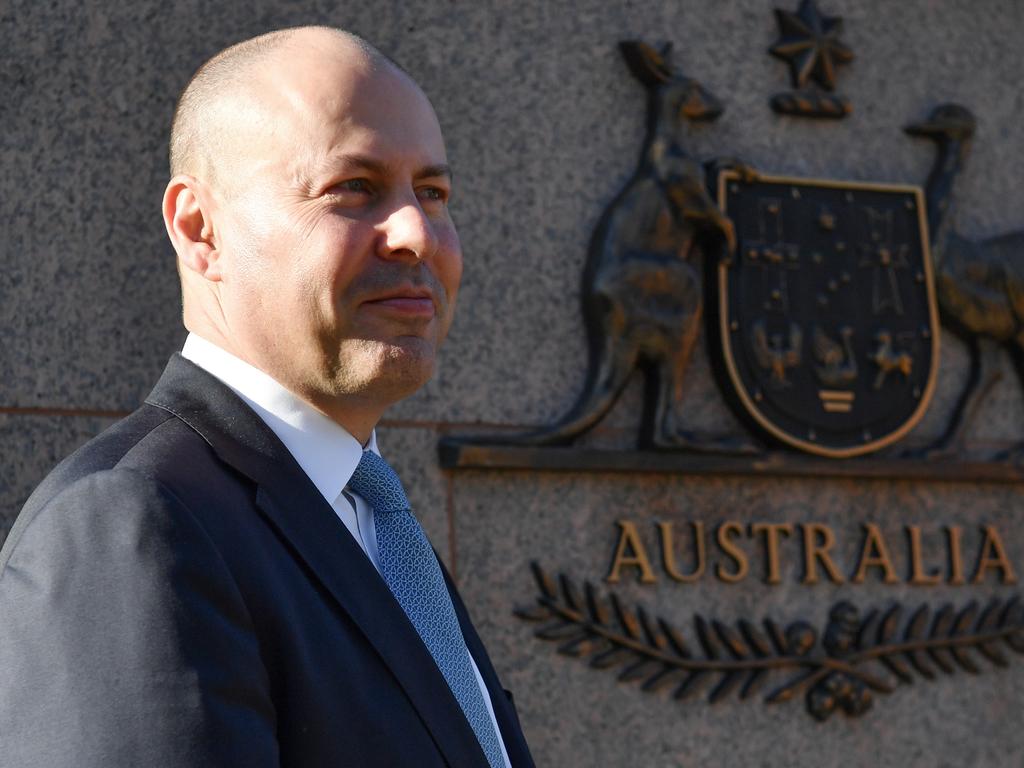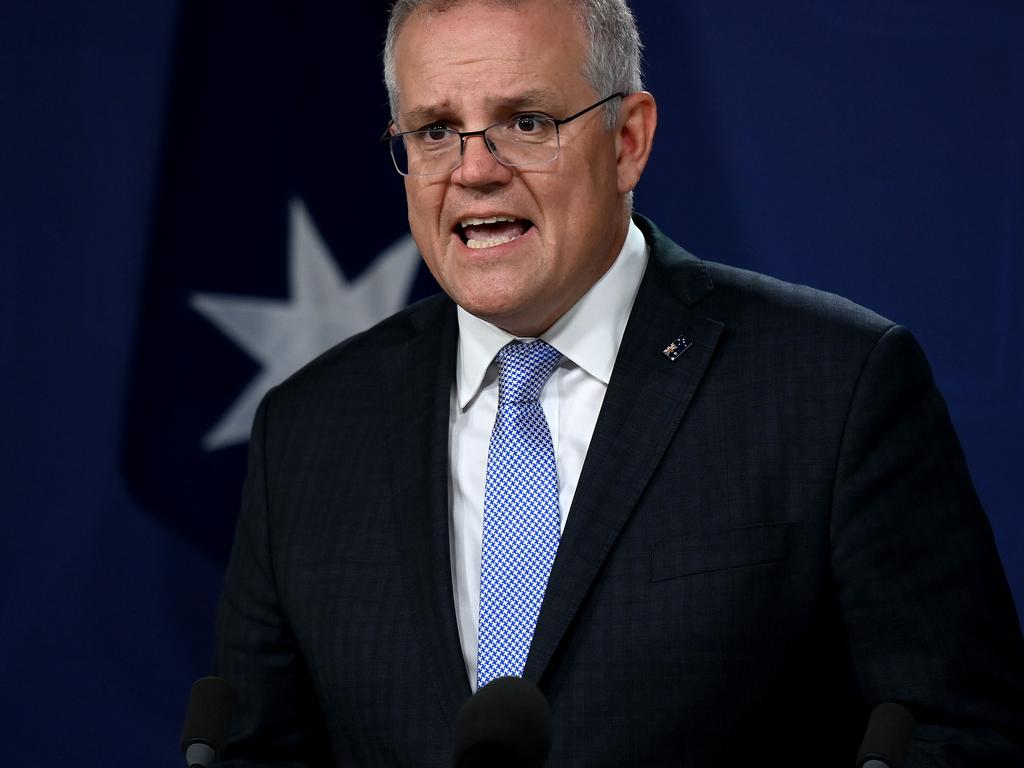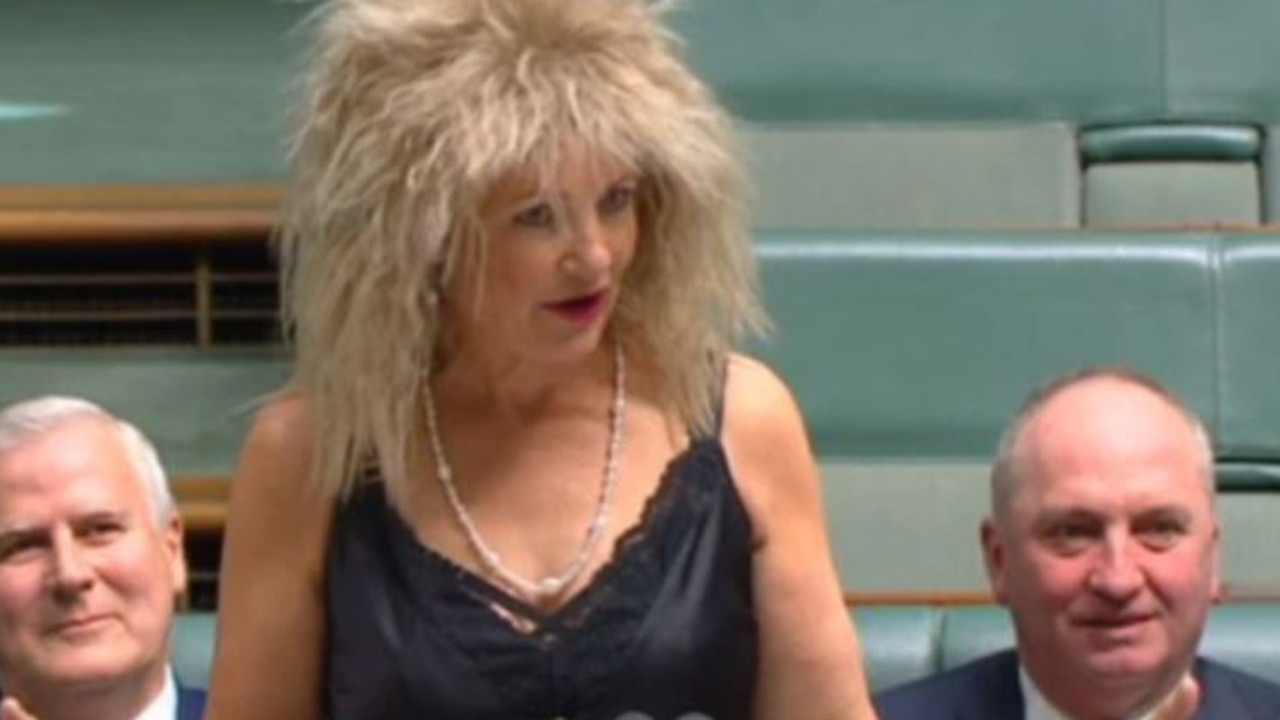Budget reveals Aussies who will be $2160 richer: See if you qualify
Millions of Australians are set to be up to $2160 richer, with treasurer Josh Frydenberg delivering a massive cash boost in today’s budget.

Treasurer Josh Frydenberg is set to extend the tax rebate known as “The Lamington” in Tuesday’s budget, delivering a tax cut worth up to $2160 for couples.
The temporary tax relief was due to be phased out this year but with an election looming the Morrison Government will extend it at a cost of $7 billion.
Known as the Low and Middle Income Tax Offset (LMITO), or colloquially as “The Lamington”, the offset is payable when you lodge your tax return.
It’s worth up to $1080 for singles earning under $126,000 and $2160 for couples on low and middle incomes.
In Tuesday’s budget the Treasurer will confirm it’s been extended for another year — leaving the painful decision on when to cut it until after the federal election.
While declining to outline the detail of what’s in store for income tax cuts on Tuesday night, the Treasurer said he noted the “speculation” over LMITO and said the Morrison Government’s approach was consistent.
RELATED: What’s in the budget for you

RELATED: Thousands score $450 budget win
“We believe in lower taxes,” Mr Frydenberg told news.com.au. “We’ve delivered lower taxes, as you know, in the last four budgets we’ve progressively announced significant tax cuts.”
And the Treasurer is sticking to his guns on the Stage 3 tax cuts currently scheduled to deliver massive tax reductions for higher income earners in 2024, despite rejecting calls to bring the cuts forward.
“Stage Three has been legislated, we look forward to hearing from the opposition, whether they’re going to stick to Stage 3,’’ Mr Frydenberg said.
“And the last year’s budget we brought forward Stage 2 by a couple of years and extended the LMITO for another year.
“The whole purpose of those three stages was to effectively lock in the LMITO in a structural way.
“That would see someone on the low and middle income be substantially better off on a permanent basis.
“So, if you look at what happens in 2024-25. which is when Stage 3 is being implemented, someone on 45k will be $1080 better off permanently, compared to what they would have been in 2017-18.
“Stage 3 maintains the progressivity of where our tax policy has been. The top 5 per cent of income earners, still paying about a third of the overall tax burden.”
RELATED: State’s $40 million payout shame

How the Lamington works
Grattan Institute economist Tom Crowley said the Morrison Government’s tax plan rollout had changed so many times it was hard to keep up but it was worth revisiting the original architecture.
“The first iteration of the plan had three stages,’’ he said. “The centrepiece of Stage 1 is the Low and Middle Income Tax Offset (LMITO or “Lamington”).
“The ‘Lamington’ cuts taxes for taxpayers who earn less than $126,000 a year.
RELATED: Find out how much you’ll get with free budget tax calculator
“Taxpayers receive this as a lump sum when they file their tax returns at the end of each financial year.
“The Lamington was meant to be temporary, replaced in 2022 by Stage 2: an extension of the middle tax bracket and an increase to an existing offset, the Low Income Tax Offset (LITO). Stage 2 was designed to preserve the simplicity of the tax system by avoiding ‘baking in’ the Lamington.”
What happens in Stage 3
Stage 3, scheduled for 2024, delivers a much bigger tax cut for the highest-income earners by introducing a single flat tax rate on every dollar earned between $45,000 and $200,000.
There had been speculation the Morrison Government might bring forward the tax cuts for high income earners but that idea has been scotched.
COVID’s double tax cut
Last year, the Morrison Government fiddled with the tax plan again delivering a double tax cut to stimulate the economy.
“Instead of using Stage 2 as a Lamington replacement — as originally intended — the Government brought it forward to 2020-21, delivering Stages 1 and 2 at the same time for one year only,’’ Mr Crowley said. “The intention then was to remove the Lamington the following year and thereafter revert to the original plan.
“But this has created a political problem for tomorrow’s budget. Removing the Lamington as legislated would create the awkward appearance of a tax rise in 2021-22 for most taxpayers.
“Perhaps uncomfortable with this prospect heading into an election year, the Government is now expected to keep the Lamington alongside Stage 2 for another year.”
Mr Crowley said this “casts doubt over whether the Lamington will ever be removed.”
“For as long as Stages 1 and 2 remain in place together, the Government’s tax cut for low- and middle-income earners is four times larger than it originally intended,’’ he said.
“Every extra year with the Lamington in place costs about $7 billion. But this still pales in comparison to the ongoing cost of Stage 3, which will hit the forward estimates for the first time this budget.
“Baking in the Lamington is also a messy way to design a tax policy — almost certainly not the way the Treasury would have designed a $2000 tax cut for middle-income earners if it were designing this from scratch.”
As revealed by news.com.au on Monday, Mr Frydenberg is also expected to scrap the current $450 a month threshold to pay compulsory super in the May budget boosting the retirement incomes of thousands of part-time workers and mums.
It’s the threshold that causes almost twice as many women as men to miss out on a super contribution when working in insecure, part-time jobs.
Abolishing the requirement that workers earn $450 a month with a single employer would also not cost employers much — adding only a couple of hundred dollars on average to their costs for each employee.




